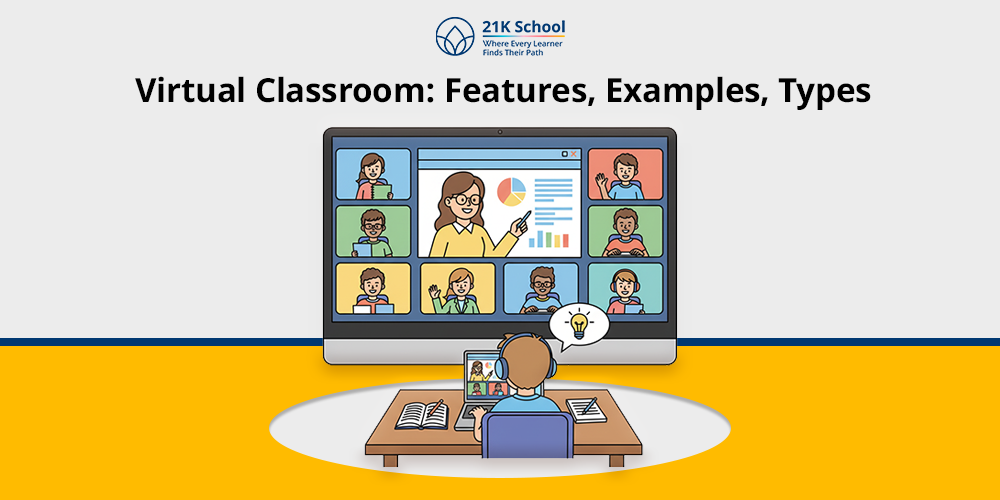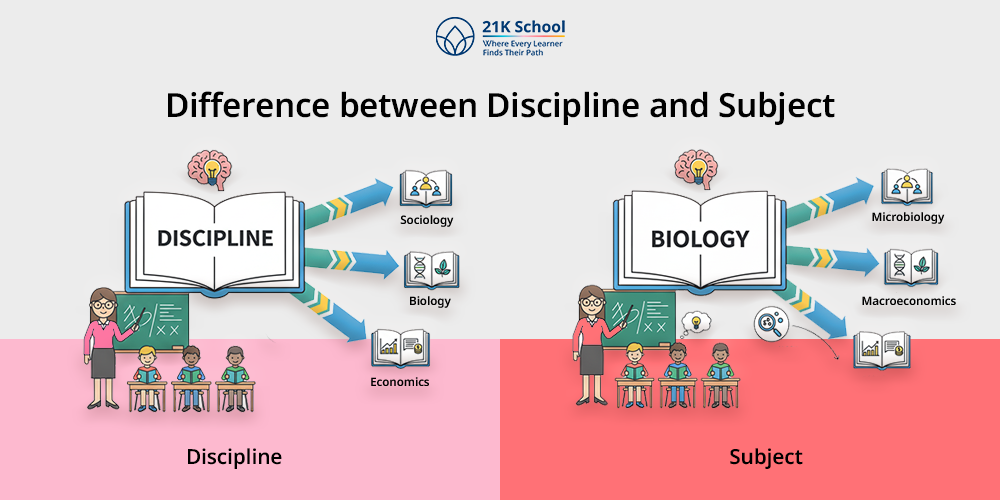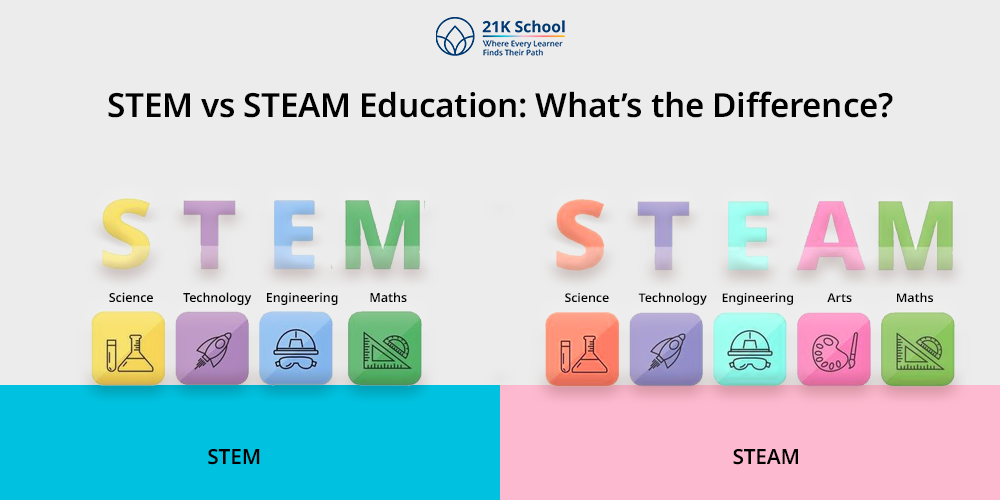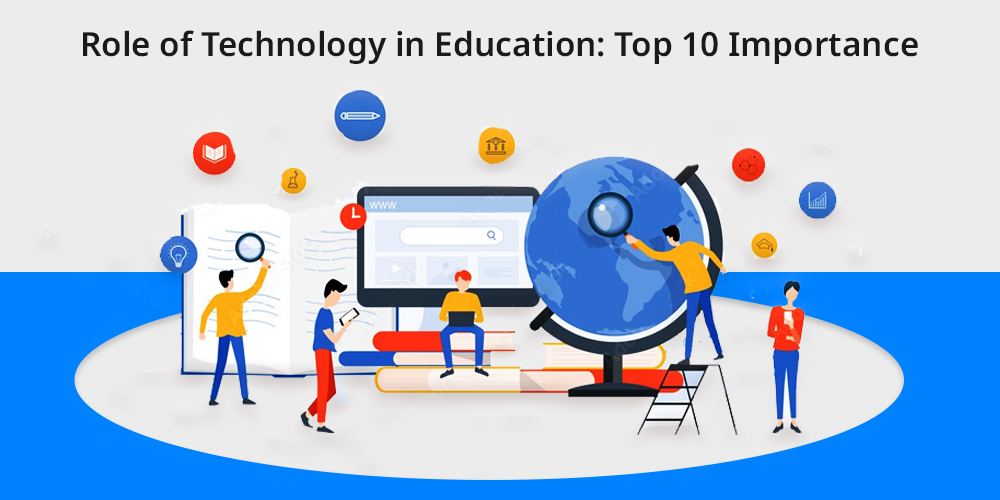
Have you ever wondered how technology helps in enhancing learning outcomes?
Technology plays an integral role in enhancing the learning process of students. With the e-learning evolution technology is changing rapidly which enables them to effectively use technical skills in education.
Technology plays an important role in making learning more interactive and engaging by using visual elements, gamification, 3D learning, etc.
The contribution of technology to education enables students to access quality education from any location, irrespective of any challenges and hindrances.
Technology in education makes it easier for students to study as per their time and learning pace. Implementation of technology into education makes it flexible and allows children to grasp concepts more easily.
With the help of technology, it becomes easy for teachers as well to prepare their class records, make learning programs and activities, which help in enhancing teacher-student relationship.
Technology in education helps in promoting dynamic education and sets an inclusive learning environment for every student.
Table of Contents
What is Technology in Education?
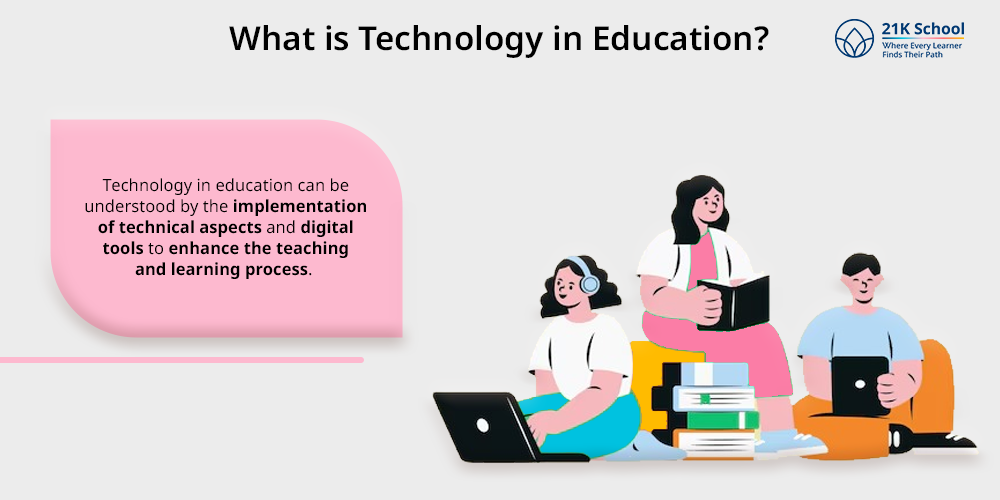
Technology in education can be understood by the implementation of technical aspects and digital tools to enhance the teaching and learning process.
Technology in education or Edtech uses electronic devices such as Computers, software, hardware, e-learning platforms, etc., to facilitate the learning process.
Technology in education uses internet and audiovisual elements to make learning accessible and convenient for every student.
Integrating technology into education allows students to learn difficult concepts more easily and provides them personalised learning experience.
Even in modern education integration of AI and Machine learning in education has become prominent for enhancing the learning outcomes.
Tech in education helps in building digital classrooms through which students can explore ideas in an interactive way.
Through technology in education, teachers can conduct their classes through e-learning platforms such as Zoom, Google Meet, Google Classroom, Microsoft Teams, etc.
Top 10 Important Roles of Technology in Education
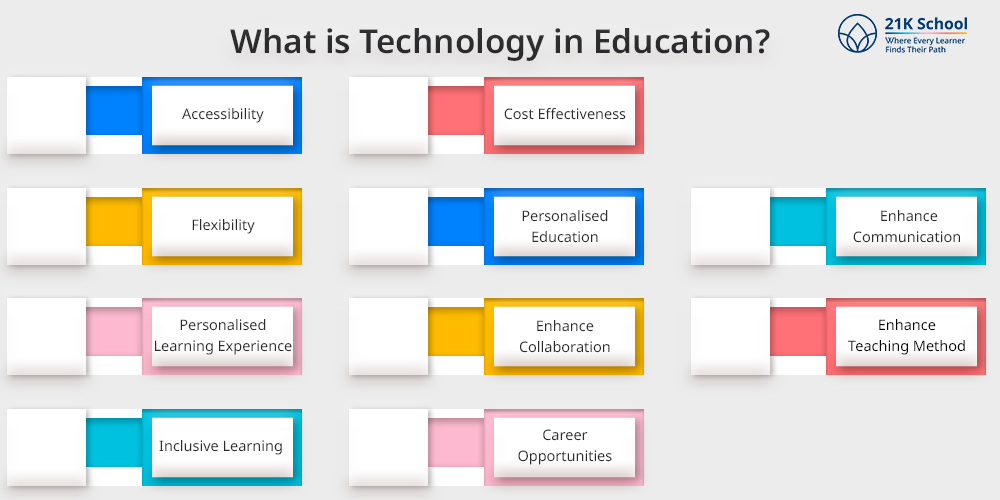
Integration of technology in education is very vital for enhancing learning outcomes. This helps in providing equal and easy access to education and makes learning more engaging and active.
Technology in education makes traditional schooling systems into online learning opportunities as well as helps individuals to develop problem-solving skills and provides equal education to every individual irrespective of any challenges.
Here you can check the importance of technology in learning mentioned below.
1. Accessibility
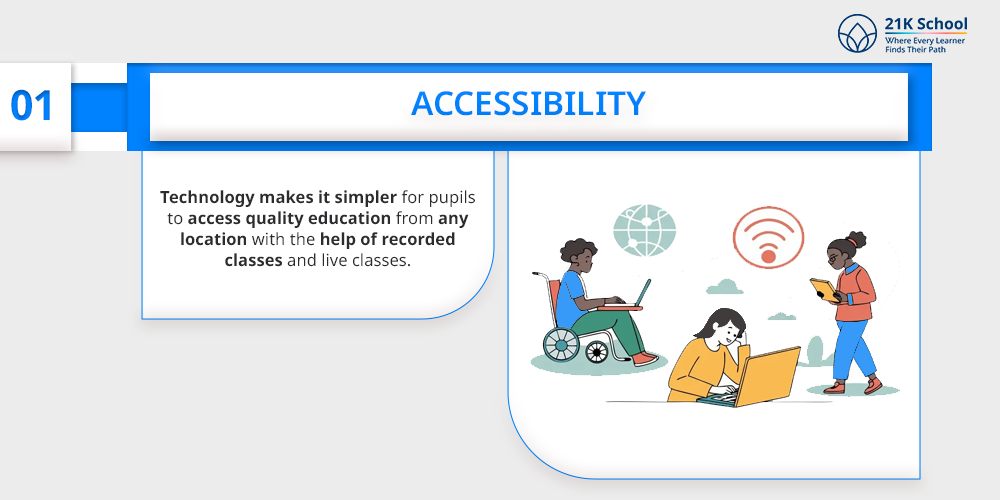
With the help of technology in education, students can study as per their timetable and study routine. This provides them with extra time to engage in skilful work.
Technology makes it simpler for pupils to access quality education from any location with the help of recorded classes and live classes.
Integration of technology into the learning process enables students to cater for their educational needs and requirements.
Through virtual learning platforms, students can learn from their own home without travelling to any place.
2. Flexibility
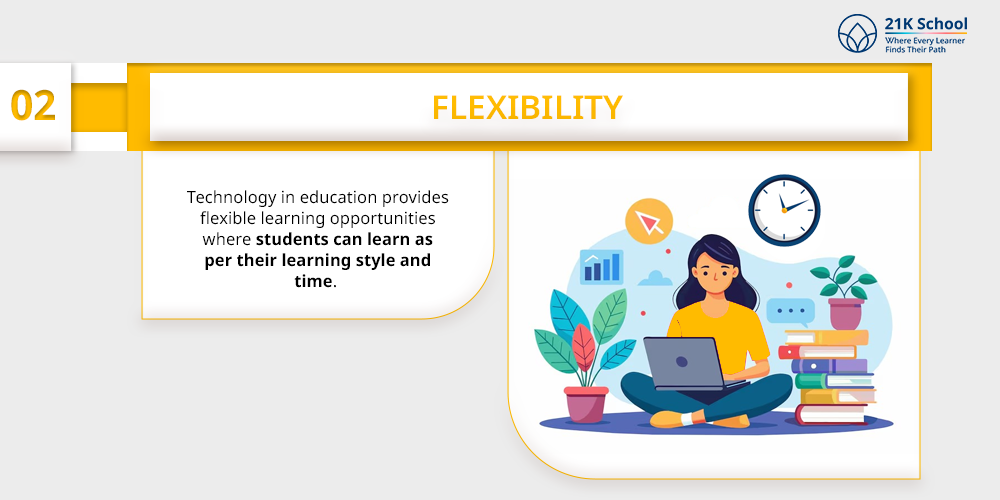
Technology in education provides flexible learning opportunities where students can learn as per their learning style and time.
Online learning enables students to achieve their goals and opportunities within a time period that makes it more flexible and easy to access.
Integration of technology into learning methods enable students to cater their educational needs and requirements
3. Personalised Learning Experience
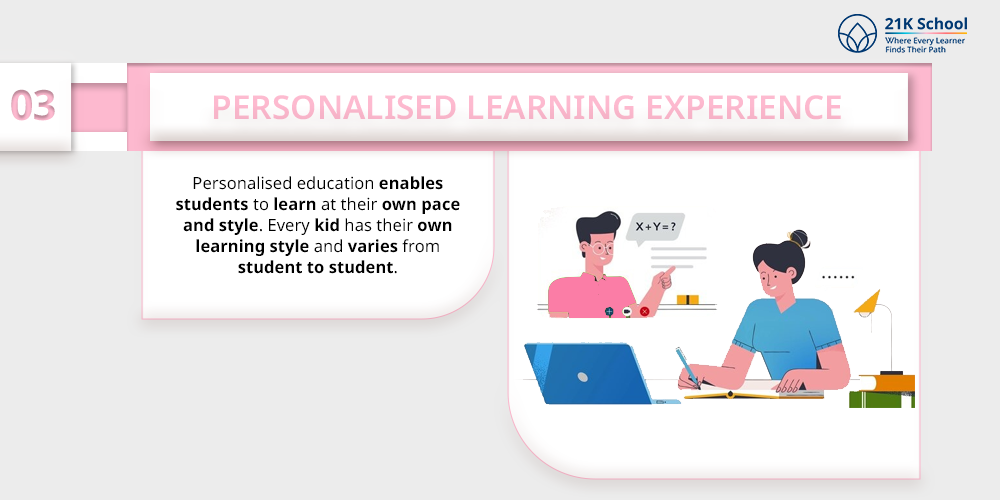
With the help of technology in education, students will get personalised and flexible learning experience. Personalised education enables students to learn at their own pace and style.
Every kid has their own learning style and varies from student to student.
Online education offers students with personalised learning approaches that helps childrens to learn according to their comfortability and allows them to enhance their learning abilities as well.
4. Inclusive Learning
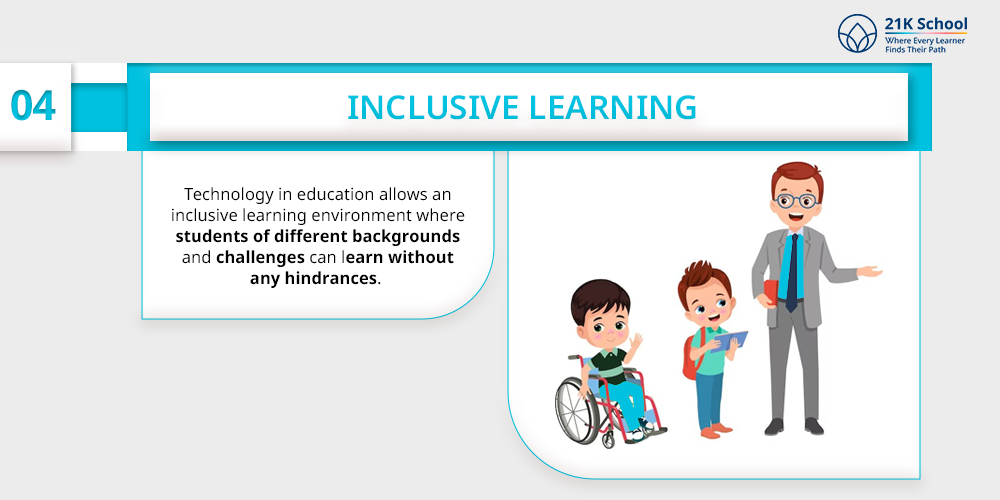
Technology in education allows an inclusive learning environment where students of different backgrounds and challenges can learn without any hindrances.
Attending classes virtually helps children to connect with others and make learning more effective, where students can connect with each other.
The benefits of inclusive education allows physically challenged students to participate in class activities and develops better communication skills.
5. Cost Effectiveness
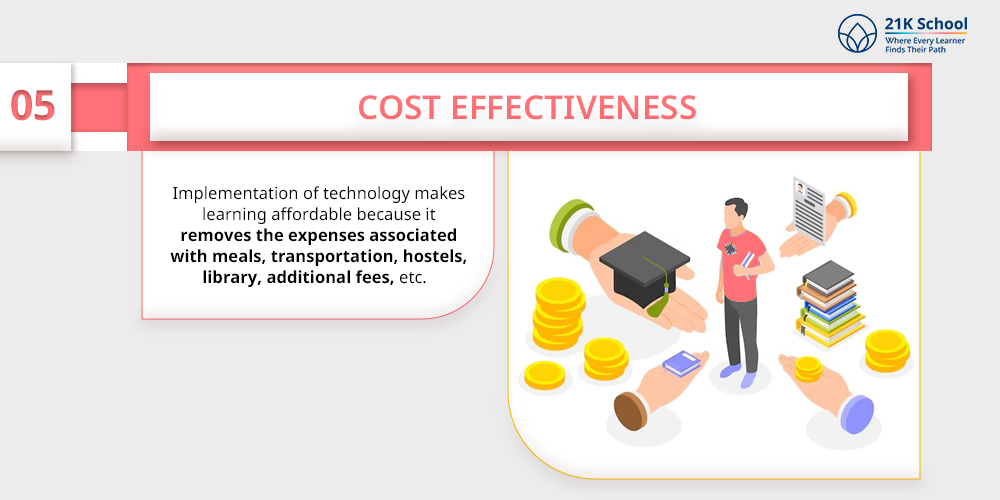
Technology in education makes the learning process cost-effective as compared to the traditional schooling methods.
Implementation of technology makes learning affordable because it removes the expenses associated with meals, transportation, hostels, library, additional fees, etc.
Along with these expenses children also have to spend money on educational materials and resources, but in online learning, children don’t have to pay anything as they can find resources in online mode, such as PDFS and e-books, so students.
6. Personalised Education
Technology in education allows students to receive personalized and flexible learning opportunities. The benefits of personalised learning allow students can grasp any concepts more easily.
Every student has a different learning style and level of level knowledge retention. Digital classrooms offer students individualised and personalised learning approaches.
Personalized education helps childrens to learn according to their comfortability and allows them to enhance their learning abilities as well.
7. Enhance Collaboration
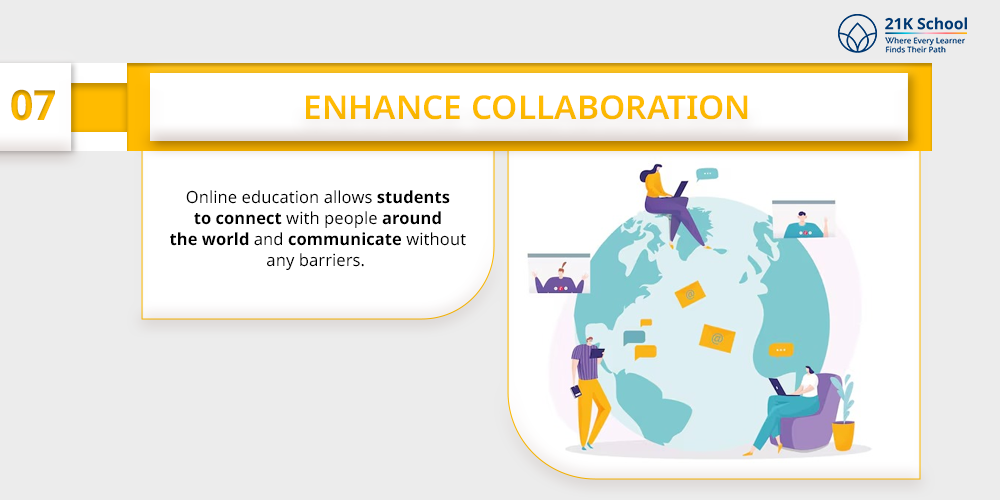
Technology in learning makes education more interactive and engaging. Online education allows students to connect with people around the world and communicate without any barriers.
Technology in education also promotes peer-to-peer education and group collaboration.
With the help of cooperative learning, students can share a wide range of ideas, thoughts, concepts, knowledge etc. It also enables them to foster a sense of teamwork among themselves.
8. Career Opportunities

The implementation of technology into learning helps in the career advancement of students. Through technology in education, students can improve their future prospects by connecting with people around the world.
Through individualised instruction, virtual education helps students to understand concepts in a better way.
Through technological aspects, students can grab future opportunities and get ready for the competitive job market.
9. Enhance Communication
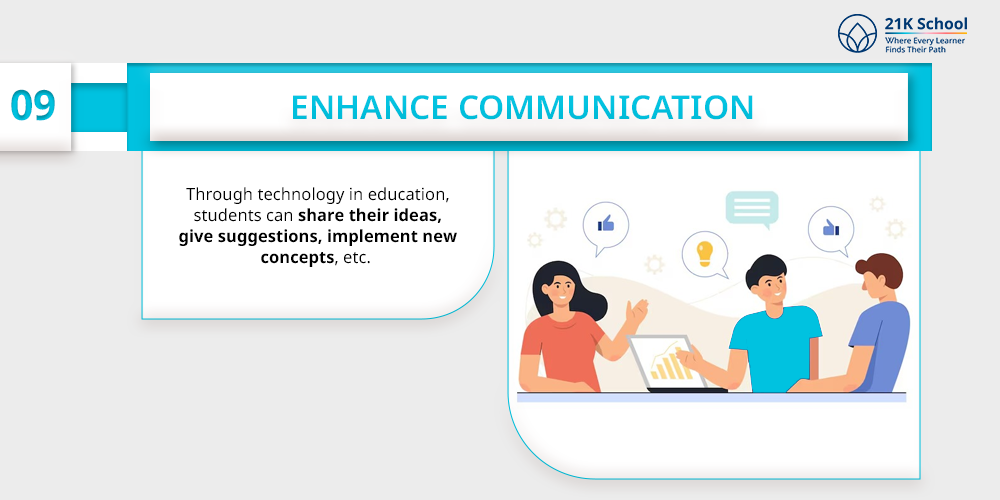
Technology in learning helps in collaborating with others, which develops social-emotional learning skills and enhances communication skills.
Through technology in education, students can share their ideas, give suggestions, implement new concepts, etc.
Proper cooperation helps in developing communication skills among students and enhances their confidence as well as critical thinking skills.
Even participating in online group projects allows students to actively participate in interaction with their peers and teachers which enable them to become proficient in communication.
10. Enhance Teaching Method
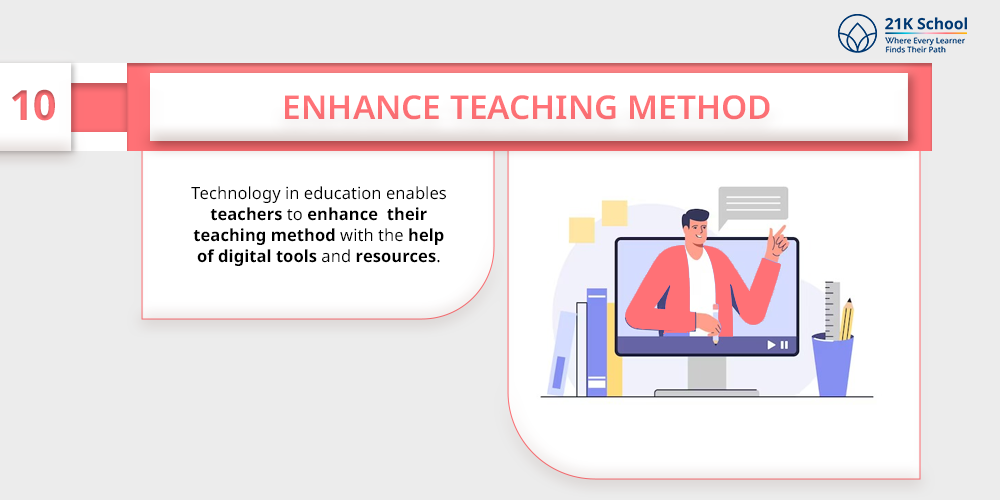
Technology in education enables teachers to enhance their teaching method with the help of digital tools and resources. Teachers can effectively prepare their class notes, and lectures to teach students.
Technology makes class interactive and engaging through fun learning approaches that enhance students’ engagement.
With this method it also becomes easy for teachers to control their classrooms and maintain classroom discipline.
How Technology in Education Works?
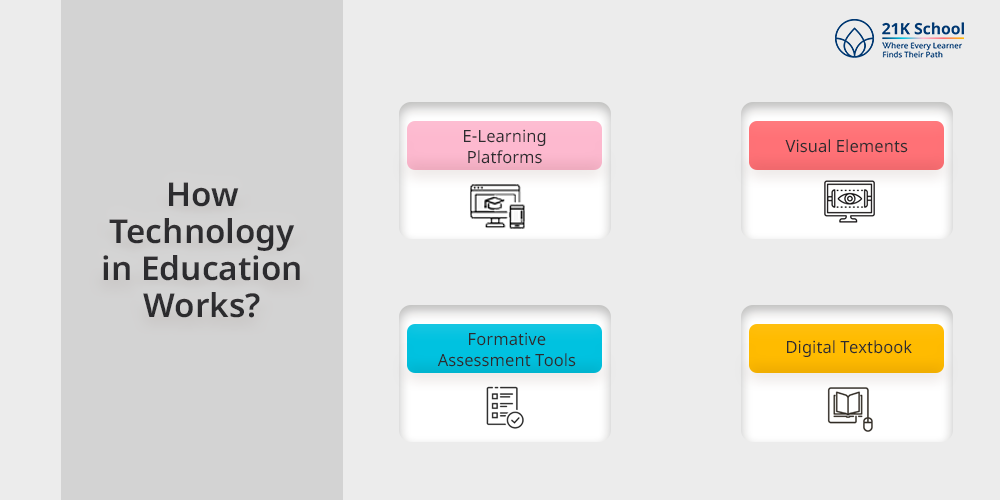
Technology in education is the process of combining electronic mediums such as the internet, mobile phones, laptops, digital tools, computers, etc.
Tech in learning also includes network based softwares, internet, intranet, mobile learning, and so on.
This can be acquired through fun in learning approaches such as activities, games, animations, audios, videos, simulations, text, etc. Here you can check how technology in education works.
1. E-Learning Platforms
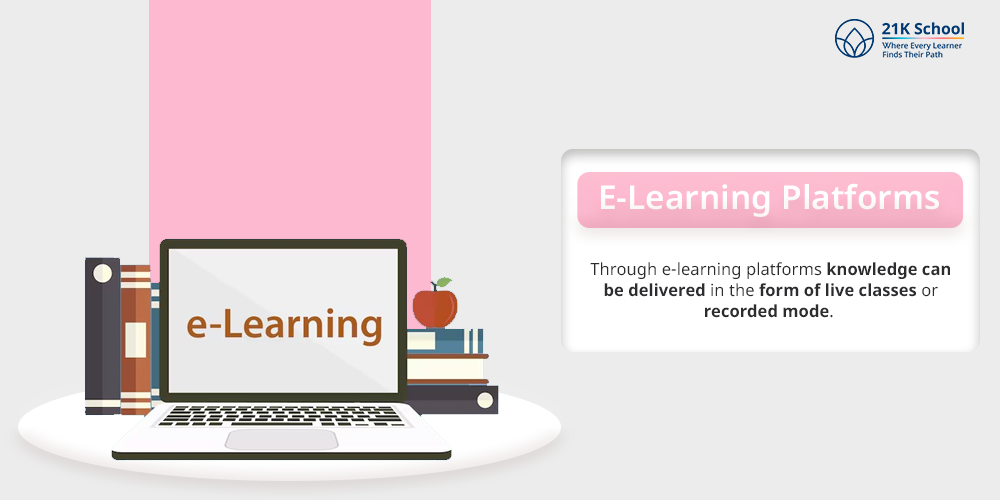
E- learning platforms are used in technical education to make learning more impactful. Through e-learning platforms knowledge can be delivered in the form of live classes or recorded mode.
This includes platforms such as Zoom, Google Classroom, Google Meet, Microsoft Teams and so on.
2. Visual Elements
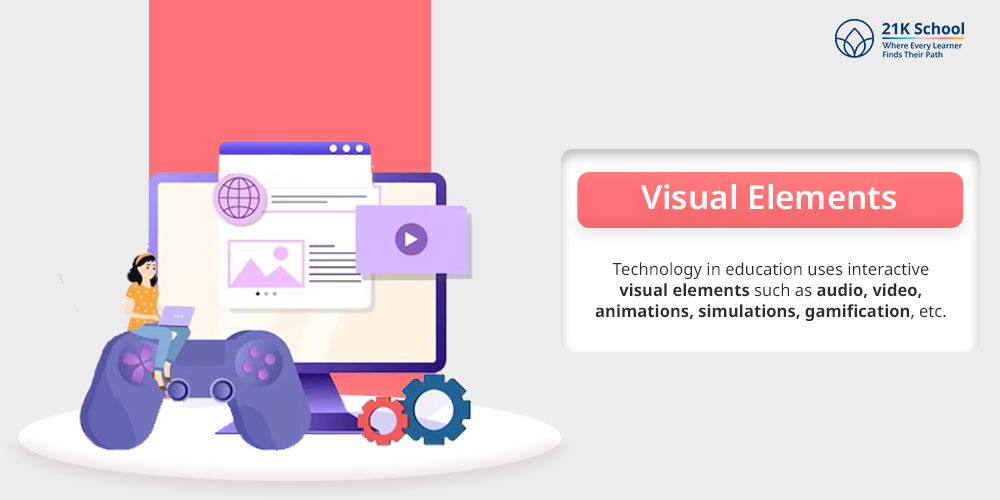
Technology in education uses interactive visual elements such as audio, video, animations, simulations, gamification, etc.
These elements make education more interactive and engaging. Visual elements make learning easy and understandable.
3. Formative Assessment Tools
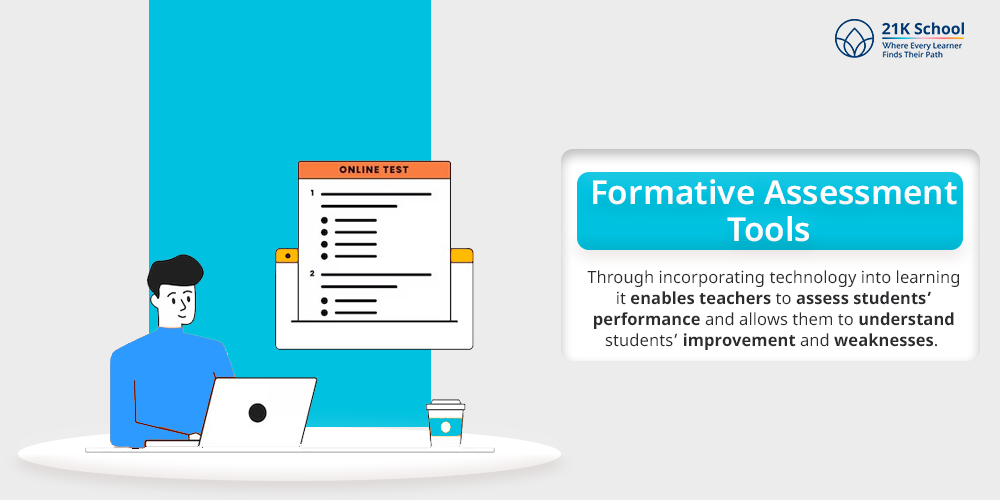
Technology in education includes formative assessment tools. Through incorporating technology into learning it enables teachers to assess students’ performance and allows them to understand students’ improvement and weaknesses.
This type of assessment tool allows it to analyse and evaluate students’ performance.
4. Digital Textbook
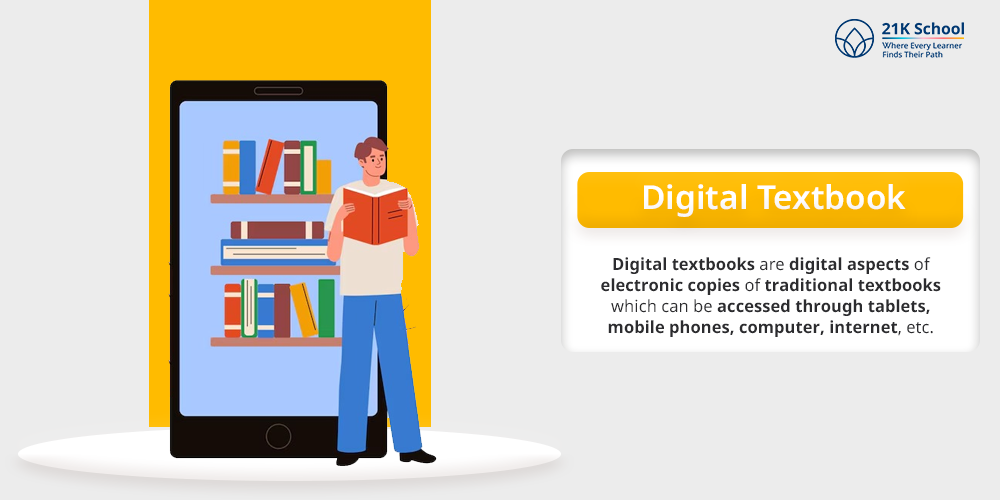
Digital textbooks are digital aspects of electronic copies of traditional textbooks which can be accessed through tablets, mobile phones, computer, internet, etc.
This also includes multimedia elements such as videos, animation, messages, and simulations.
Challenges of Technology in Education with Solutions
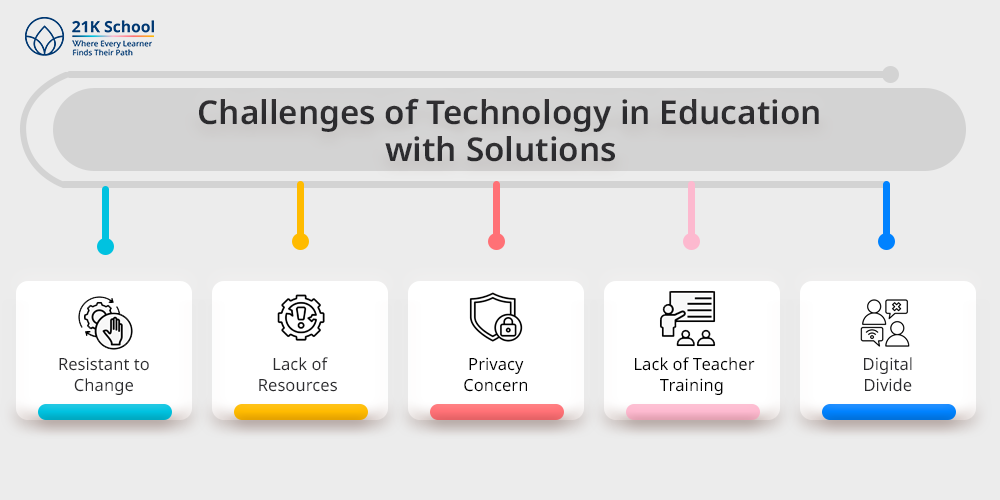
The contribution of technology in education makes education engaging and enhances the active participation of students.
However, along with so many benefits, it becomes very challenging to implement technology in education.
These challenges hinder the teaching and learning process and make it difficult for students to grasp technical opportunities. Here you can check the challenges of technology in education with solutions.
1. Resistant to Change
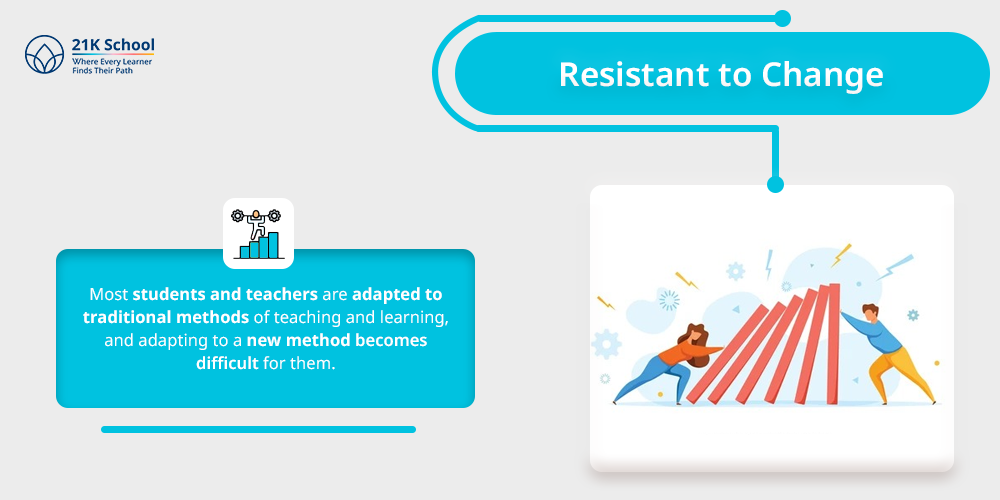
Resistance to change is the most common challenge faced during the implementation of technology into education.
Most students and teachers are adapted to traditional methods of teaching and learning, and adapting to a new method becomes difficult for them.
Adapting technology into education becomes resistant for them which makes it difficult to study at the same pace.
Solution to Tackle Resistivity in Education
This problem can be solved by making education more interactive and implementing new technologies into education. Involving teachers and students in regular activities that contain the use of technology helps to tackle this problem.
2. Lack of Resources
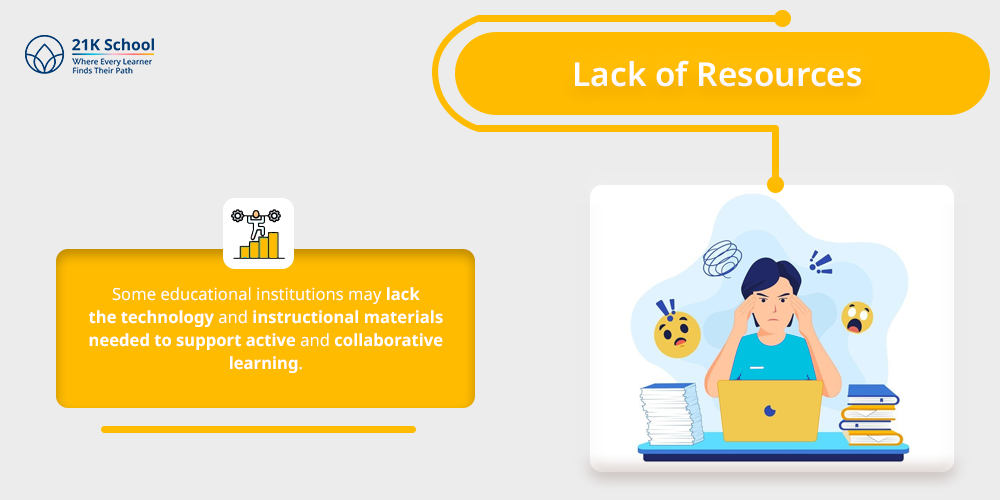
Lack of resources and materials are one of the major reasons due to which it becomes tough to implement technology into education.
Some educational institutions may lack the technology and instructional materials needed to support active and collaborative learning.
Due to this reason students are unable to acquire better technological skills and it becomes tough to implement technology in the learning process.
Solution to Mitigate Lack of Resources in Education
This problem is a common problem however, this can be tackled if the government allocates proper funding, and makes resources more useful and allocates them as per need. This can help to remove the problem of lack of resources.
3. Privacy Concern
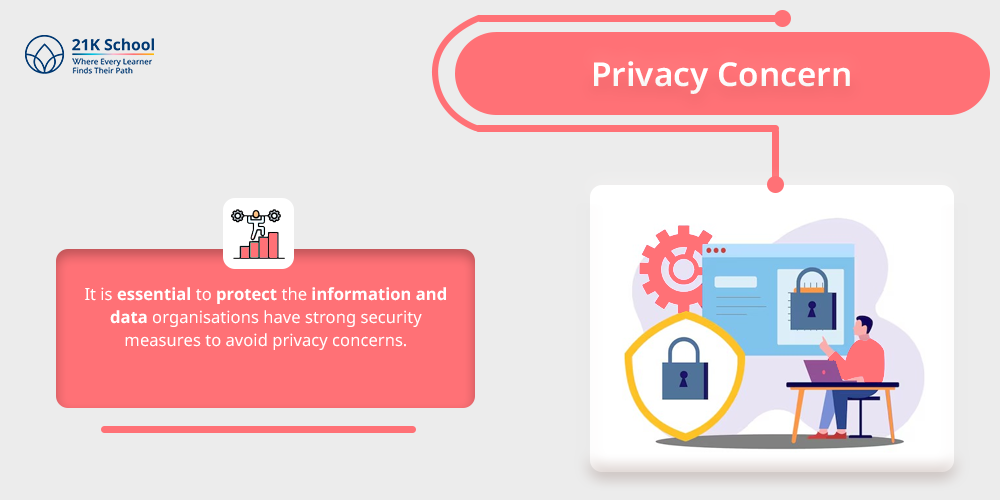
Privacy issues are one of the major challenges in implementing technology into education. E-learning tools are susceptible to security issues and cyberattacks.
In such a scenario, it is essential to protect the information and data organisations have strong security measures to avoid privacy concerns.
Due to privacy concerns, many students do not take part in online learning, which hampers the learning and teaching process.
Solutions for Privacy Concern in Education
People and organisations can use a variety of strategies to address privacy issues, such as creating strong passwords, exercising caution when sharing information online and putting strong security measures and system security.
4. Lack of Teacher Training
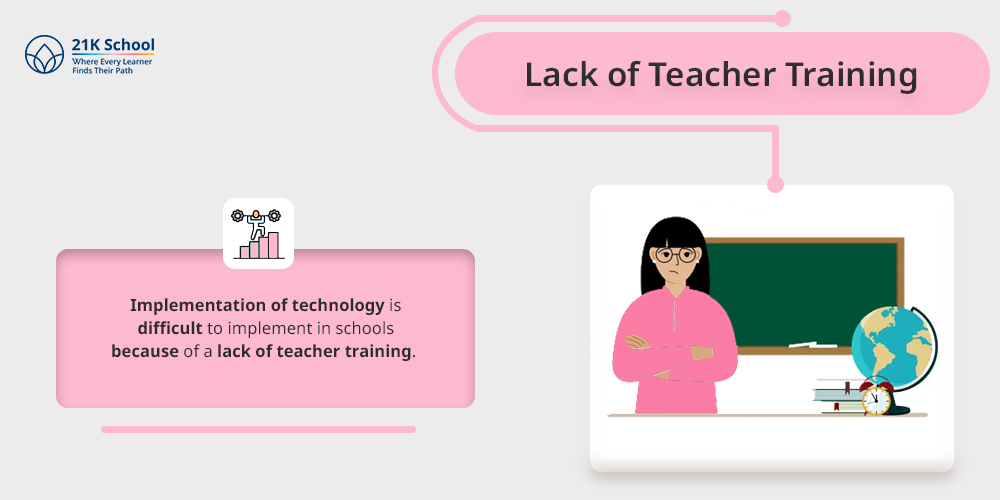
Various teachers don’t have adequate training on technological skills to teach students effectively. Implementation of technology is difficult to implement in schools because of a lack of teacher training.
Inadequate teacher training also makes it challenging for them to interact with students and makes it difficult for students as well to collaborate with others.
Solution to Tackle Lack of Teachers Training in Education
This problem can be tackled by providing teachers with updated training modules and skill-enhancing courses that help them to enhance their learning and skills. This allows them to teach students with adequate knowledge and skills.
5. Digital Divide
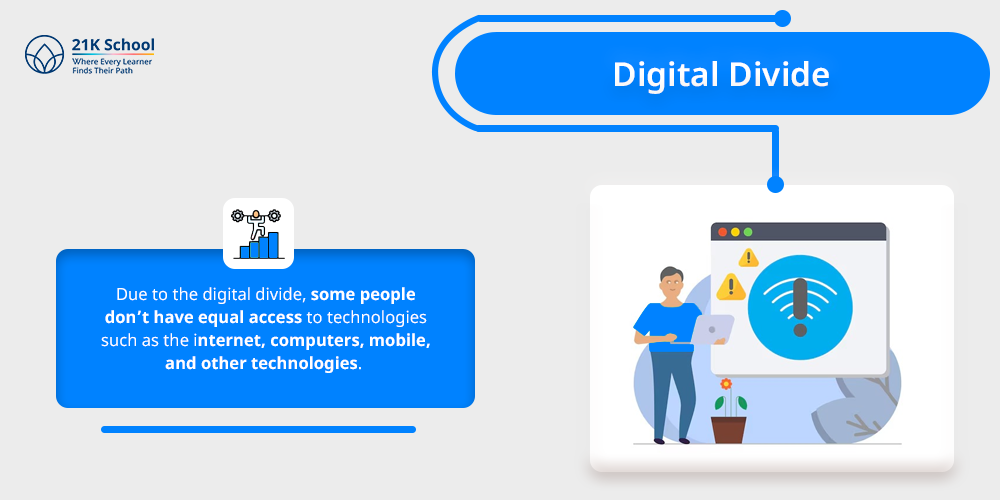
Digital divide is another factor that hindrances the implementation of technology into education.
Due to the digital divide, some people don’t have equal access to technologies such as the internet, computers, mobile, and other technologies.
Due to the digital divide it creates a gap between individuals and technology and hinders them from utilising it. Digital divide occurs due to various reasons such as lack of digital literacy governmental rules, economic factors, and so on.
Solutions for Digital Divide in Education
This problem can be avoided by making technology accessible to every individual, enhancing their digital literacy skills, increasing connectivity and implementing technology in every place. This helps in breaking the digital divide and provides equal opportunities.
Summing Thoughts
By improving learning outcomes, increasing accessibility and creating individualised learning experiences, technology is essential to the transformation of education.
Although there are many advantages, including cost-effectiveness, flexibility and inclusivity, obstacles like resistance to change, a lack of funding, privacy issues, insufficient teacher preparation and the digital divide must be overcome if its full potential is to be achieved.
Educational institutions can establish a more effective and engaging learning environment that equips students for the future by overcoming these challenges.
Using technology in the classroom not only improves student learning but also gives them the tools they need to succeed in a world that is becoming more and more digital.

